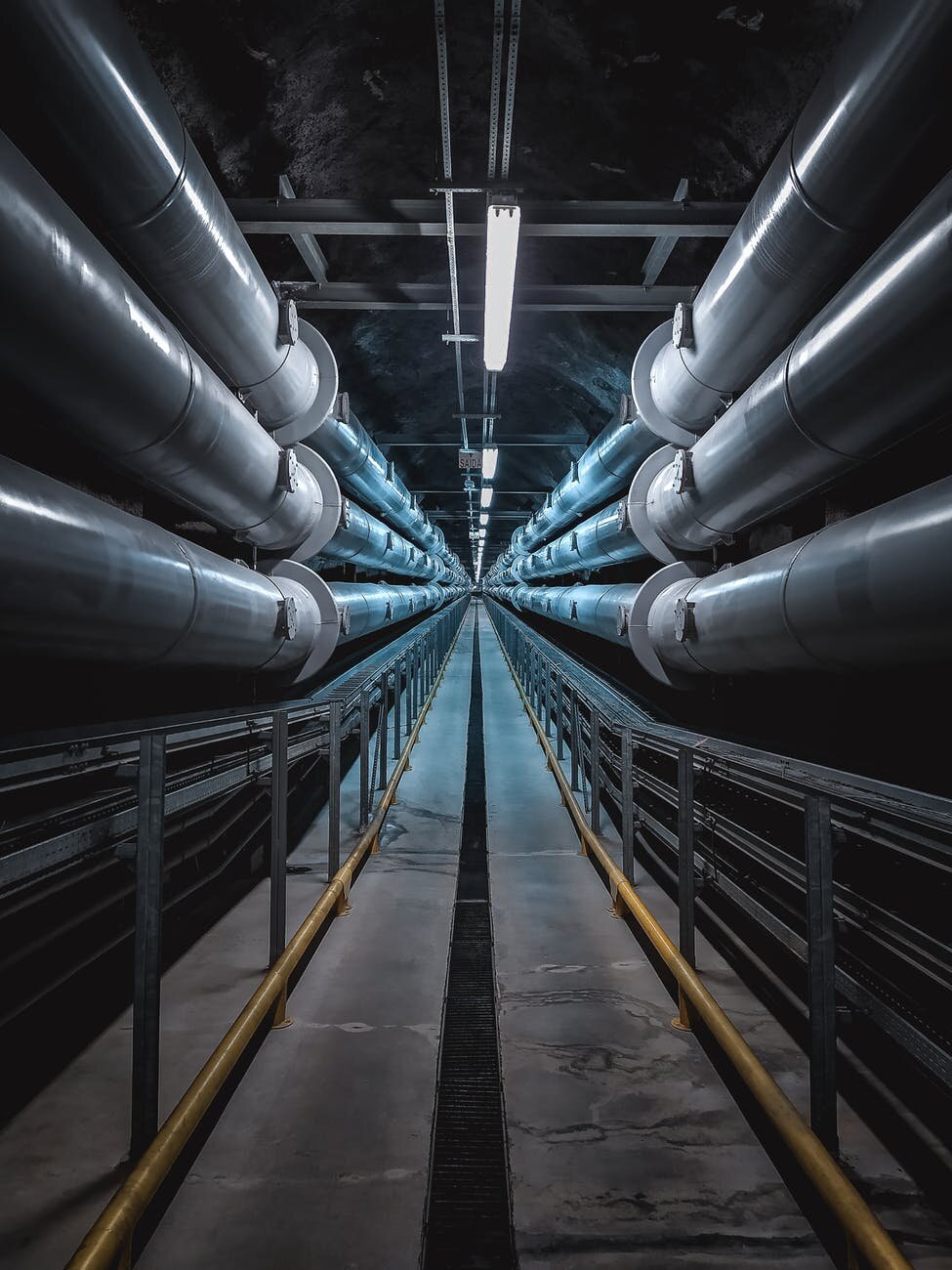CIPP Technology Explained

As the world’s infrastructure evolves, the need for effective and sustainable solutions to rehabilitate aging pipelines has become increasingly urgent. Enter CIPP technology, a revolutionary pipeline rehabilitation method that has been gaining popularity in the industry in recent years.
CIPP involves inserting a liner into an existing pipeline and curing it to form a new, seamless pipe. The beauty of this technology is that it extends the life of the pipeline while minimizing disruption to the surrounding environment and reducing overall costs.
How CIPP Technology Works
CIPP technology is a multi-step process that requires careful planning and execution. Professional services conduct pipeline inspection, liner preparation, insertion, and curing, each of which is critical to ensuring the success of the rehabilitation process.
Pipeline inspection involves using advanced video technology like CCTV cameras and laser scanners to assess the pipeline’s condition and identify any defects, such as cracks or corrosion. Specialists use this information to determine the size and shape of the liner for the rehabilitation process.
After inspection, experts coat the liner with resin and insert it into the existing pipeline with inversion or winching technology. Experts then apply pressure with compressed air to inflate the liner and cause it to conform to the old pipe’s shape, creating a tight seal.
The final step in the CIPP process is curing, which heats the resin to activate it and harden the liner. This process can take hours, depending on the size and length of the pipeline being rehabilitated.
Methods of CIPP Installation
There are two methods of CIPP installation, and they differ according to the size of the pipes. The methods are inversion lining and drag-in lining.
- The inversion lining method inserts the liner by turning it inside out and pushing it with compressed air or water. The liner consists of resin and is essential to the process. This method is common among wider pipes, such as sewer mains and stormwater pipes.
- The drag-in lining method involves pulling the liner through the existing pipe using a winch or similar equipment. Experts inflate the liner and cure it to harden and form a new pipe within the old pipe. It is commonly used for smaller-diameter pipes, such as lateral sewer lines and drain lines.
CIPP technology is an essential solution for meeting the growing demand for sustainable and efficient pipeline rehabilitation. As such, companies and homeowners need to consider CIPP technology when evaluating pipeline rehabilitation options.
Contact us at What is CIPP, where our specialist team has the expertise and tools to remediate your pipelines. We always send over our team to conduct a video inspection to help us determine the correct fix.